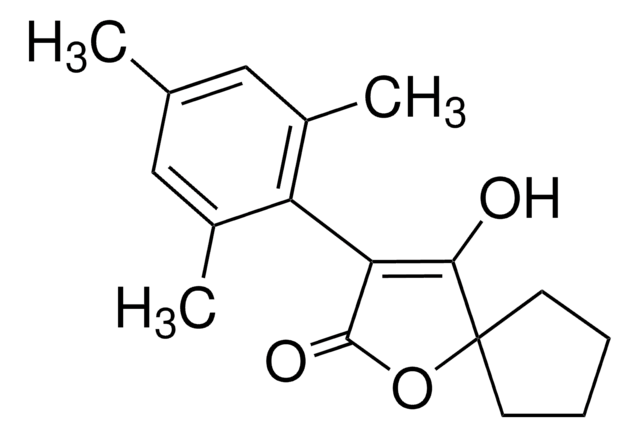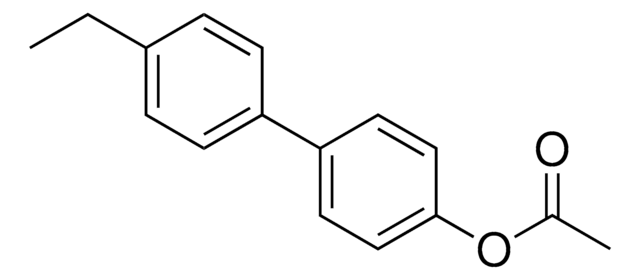All Photos(1)
About This Item
Empirical Formula (Hill Notation):
C11H9NO3
CAS Number:
Molecular Weight:
203.19
MDL number:
UNSPSC Code:
12352100
PubChem Substance ID:
NACRES:
NA.22
Recommended Products
Assay
95%
mp
197 °C (dec.) (lit.)
SMILES string
COc1cc(nc2ccccc12)C(O)=O
InChI
1S/C11H9NO3/c1-15-10-6-9(11(13)14)12-8-5-3-2-4-7(8)10/h2-6H,1H3,(H,13,14)
InChI key
AVBKMSSLAIKOGM-UHFFFAOYSA-N
Gene Information
rat ... Grin2a(24409)
General description
The redox chemistry of the ligand 4-methoxy-2-quinolinecarboxylic acid, its monoanion and its complexes with manganese(II) and manganese(III) was studied.
Application
4-Methoxy-2-quinolinecarboxylic acid was used in preparation of novel oxorhenium(V) complexes incorporating quinoline and isoquinoline carboxylic acid derivatives and 2,3-diaminopyridinium 4-methoxyquinoline-2-carboxylate.
Signal Word
Warning
Hazard Statements
Precautionary Statements
Hazard Classifications
Eye Irrit. 2 - Skin Irrit. 2 - STOT SE 3
Target Organs
Respiratory system
Storage Class Code
11 - Combustible Solids
WGK
WGK 3
Flash Point(F)
Not applicable
Flash Point(C)
Not applicable
Personal Protective Equipment
dust mask type N95 (US), Eyeshields, Gloves
Certificates of Analysis (COA)
Search for Certificates of Analysis (COA) by entering the products Lot/Batch Number. Lot and Batch Numbers can be found on a product’s label following the words ‘Lot’ or ‘Batch’.
Already Own This Product?
Find documentation for the products that you have recently purchased in the Document Library.
Manganese (II) and (III) complexes with 4-methoxy-2-quinolinecarboxylic acid: Mono-and binuclear in aprotic medium.
Bodini ME and Arancibia MV.
Polyhedron, 11(17), 2195-2202 (1992)
Barbara Machura et al.
Dalton transactions (Cambridge, England : 2003), 42(24), 8827-8837 (2013-05-04)
Six novel oxorhenium(V) complexes incorporating quinoline and isoquinoline carboxylic acid derivatives were prepared in good yields. Relying on the experimental conditions, compounds with two chelate ligands [ReOCl(iqc)2]·MeOH (1), [ReO(OMe)(iqc)2] (2), [ReO(OMe)(mqc)2] (3) and [ReO(OMe)(8-qc)2] (4) and compounds incorporating one bidentate
Kaliyaperumal Thanigaimani et al.
Acta crystallographica. Section E, Structure reports online, 68(Pt 12), o3444-o3445 (2013-03-12)
In the 4-meth-oxy-quinoline-2-carboxyl-ate anion of the title salt, C5H8N3(+)·C11H8NO3(-), the dihedral angle between the quinoline ring system and the carboxyl-ate group is 16.54 (15)°. In the crystal, the cations and anions are linked via N-H⋯O and N-H⋯N hydrogen bonds, forming a
Our team of scientists has experience in all areas of research including Life Science, Material Science, Chemical Synthesis, Chromatography, Analytical and many others.
Contact Technical Service









